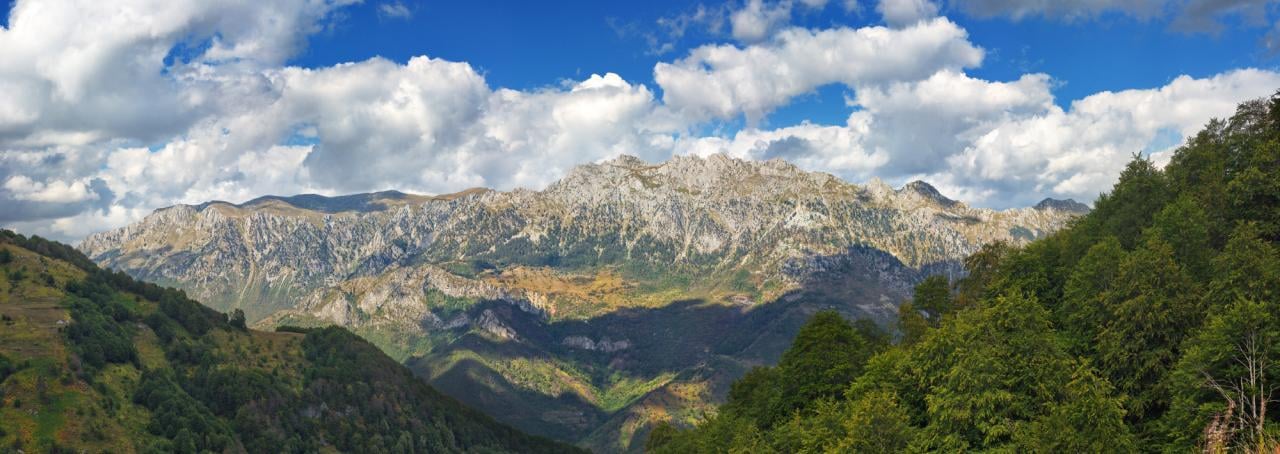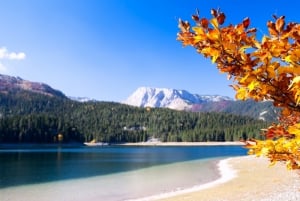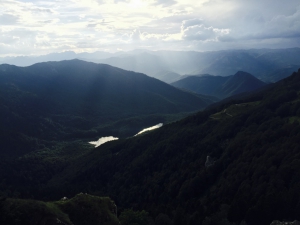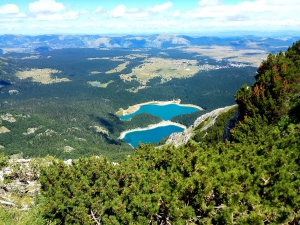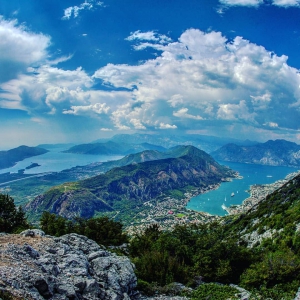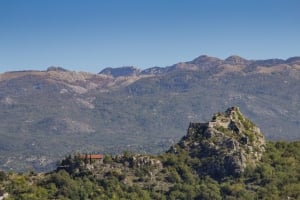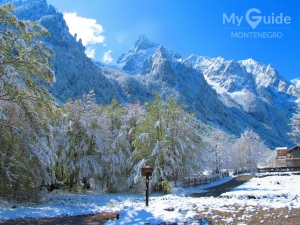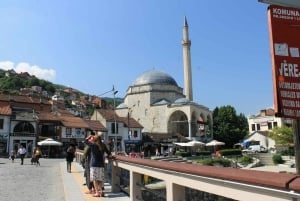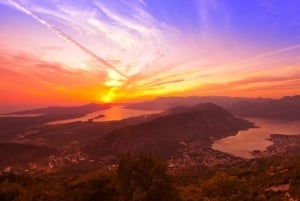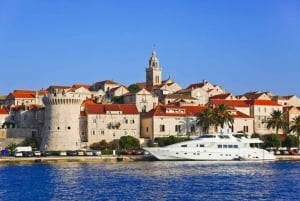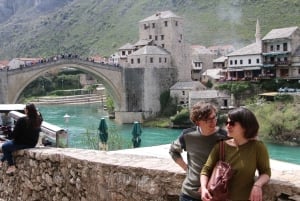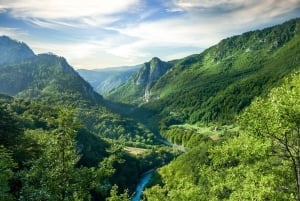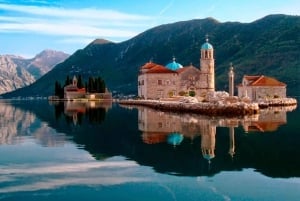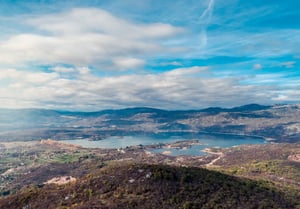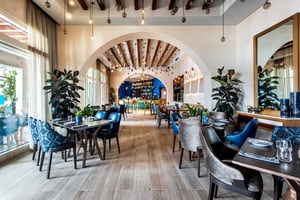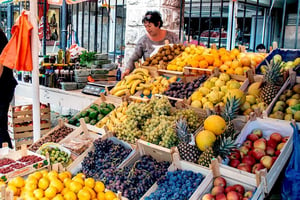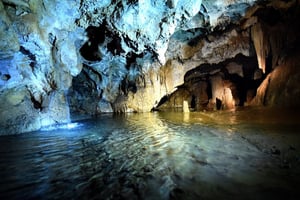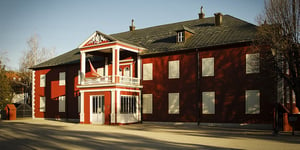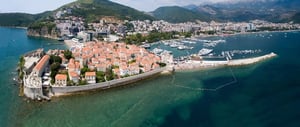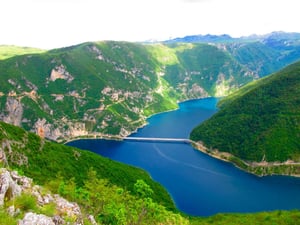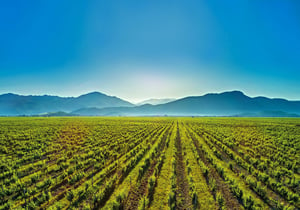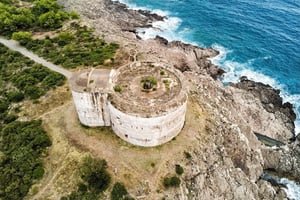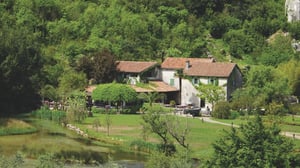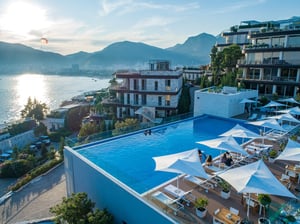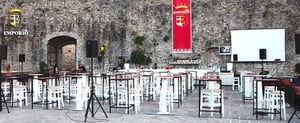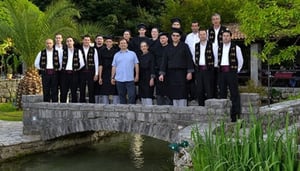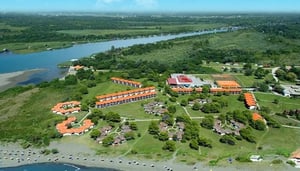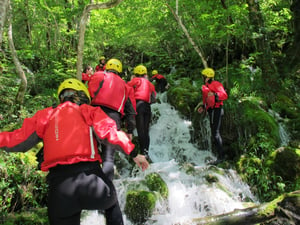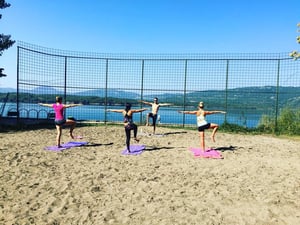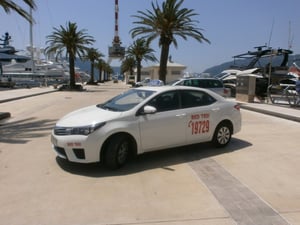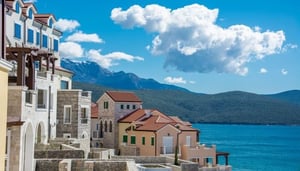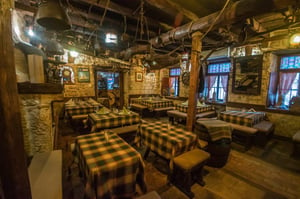Mountains of Montenegro
Book Top Experiences and Tours in Montenegro:
If youʻre booking your trip to Montenegro last minute, we have you covered. Below are some of the top tours and experiences!- From Skopje: Pristina and Prizren Private Sightseeing Tour
- From Podgorica: Kotor & Budva Old Towns Tour and Skadar Lake
- Podgorica: Ostrog, Niagara, and Skadar Lake Private Tour
- Peljesac Peninsula & Korcula Island Day-Trip from Dubrovnik
- Sarajevo: Mostar, Konjic, Blagaj Tekke, Pocitelj & Waterfall
At the territory of 13.812 km2, around 80% of Montenegro is covered in mountains. The average altitude of mountains is 2000 meters as they are characterised as the roughest and rugged mountain terrains in Europe. Mountains of Montenegro extend to European mountain ranges like the Dinaric Alps. There are around 30 mountain peaks with the height over 2.000 metres. Some of the most famous mountains are Durmitor, Bjelasica, Sinjajevina, Prokletije, Komovi, Ljubišnja, Lovćen, Orijen, Rumija, Jelovica, etc.
Durmitor
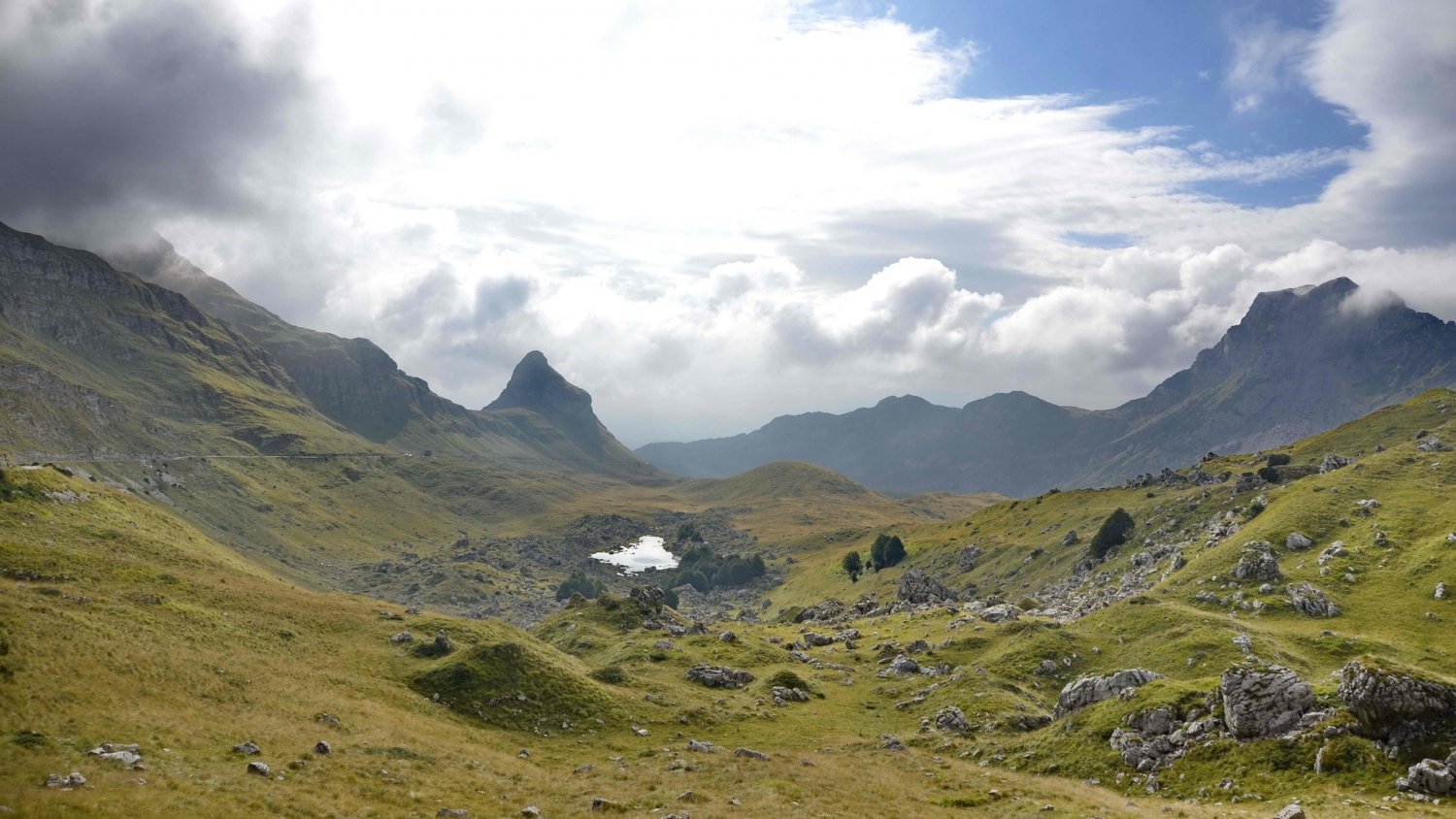
Durmitor is an enormous mountain massive which forms the major part of the National Park Durmitor. The highest and the most dominant peak is Bobotov Kuk, which used to be the highest mountain peak in Montenegro for a long time, as it's at the 2.523 metres altitude. Durmitor is the centre of Montenegrin winter tourism as the snow cover lasts for the record 120 days, and many ski slopes are located there. In the summers this region becomes a real oasis for the lovers of greenery. The mountain is rich in glacial lakes, rivers and dense forests unique by its structure. The second biggest glacial lake in Montenegro, the Black Lake (Crno Jezero) is located in Durmitor, being part of the famous “Mountain Eyes” formed by the 17 gorgeous glacial lakes. Durmitor Mountain is real hiking heaven, while it provides opportunities for other activities like jeep-safari circles around the mountain, rafting, zip-line, mountaineering, kayaking etc.
Bjelasica
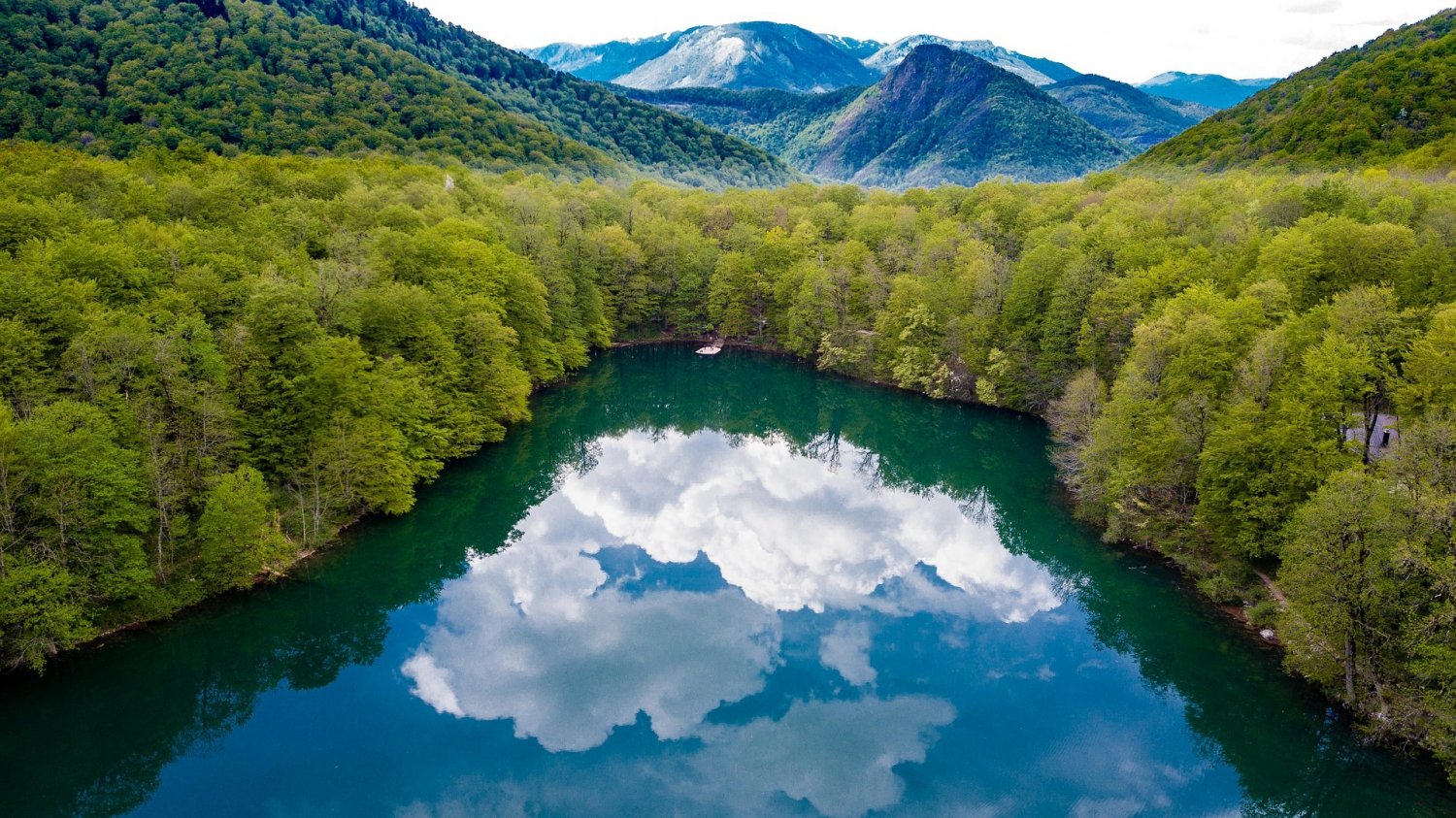
Bjelasica is considered to be one of the most beautiful mountain ranges in Montenegro. This is one of the greenest mountains in Montenegro, which stands out by its geological structure. It stretches over the area of 630 km2 and belongs to the territories of 5 municipalities in Montenegro. It has around 10 peaks higher than 2000 meters, with Crna Glava (2139 metres) being the highest peak of this mountain. It is also home to several glacial lakes, including Biogradsko Lake which is located in the heart of National Park Biogradska Gora. It’s suitable for activities like trekking, mountain climbing, mountain biking and other recreational activities. This mountain is the most popular spot in Montenegro for ski tourism in recent years, as 2 ski centres have been developed - Kolasin 1450 and Kolasin 1600. With modern equipment, these two centres can be ideal for a bit of fun if you are spending the winter in Montenegro.
Sinjajevina
Prokletije
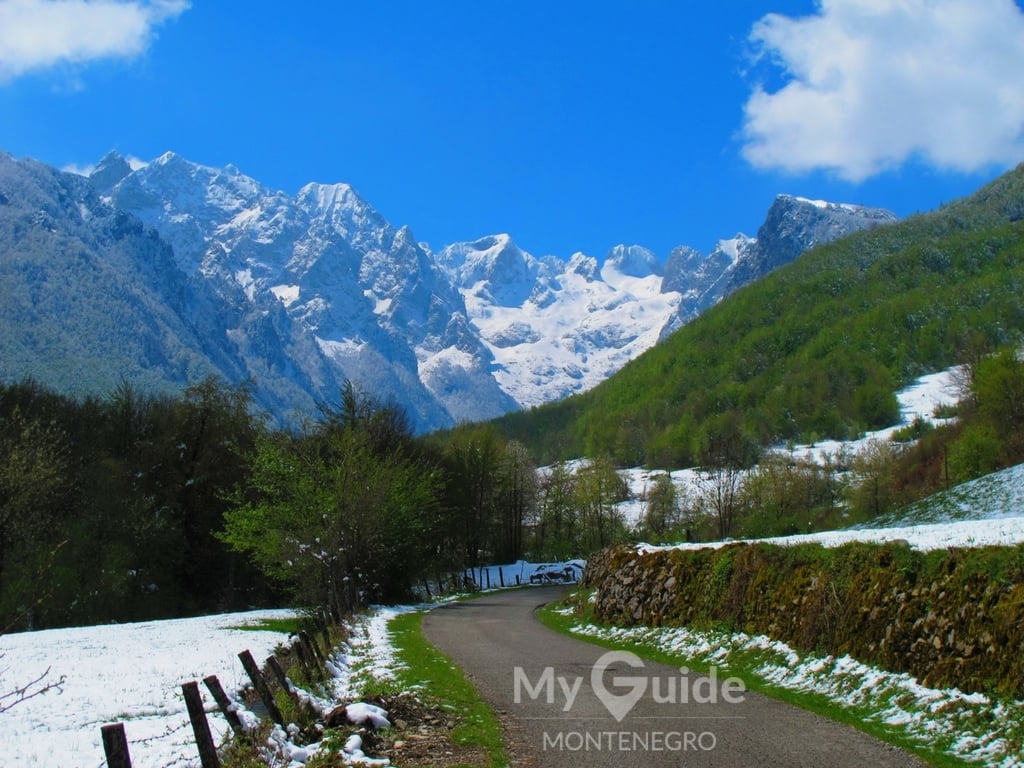
Prokletije is the proud owner of the highest mountain peak in Montenegro, Zla Kolata at the altitude of 2,534 meters, recently discovered. This mountain wreath is bordering Montenegro and Albania, and it’s the southernmost part of the Dinaric Alps. The name of the mountain translates as the “cursed mountains”, because of the hostility and inaccessibility of the terrain. The Montenegrin part of the Prokletije range was declared a national park in 2009, and it’s the youngest NP in the country. This region is extremely rich in diverse flora and fauna, while hiking and mountaineering are not recommended for inexperienced climbers and without mountain guides.
Komovi

Together with Prokletije and Durmitor, Komovi makes one of the most impressive mountain wreaths of the Dinaric Alps. Three peaks of Kučki Kom (2487 metres), Lijevoriječki Kom (2469 metres) and Vasojevićki Kom (2460 metres) are the three main and highest peaks of the mountain. The mountain is surrounded by vast plateaus from every side. One of them is Štavna Eco Katun, which is ideal for hiking and walking tours of the mountain. This mountain fascinates its visitors by its diverse flora and fauna, and cultural monuments as well. It is interesting to note that here are the spring branches of the Tara and Lim rivers, as well as the coldest spring in the Balkans, the spring of the Crnja River at a temperature of 4 °C.
Ljubisnja
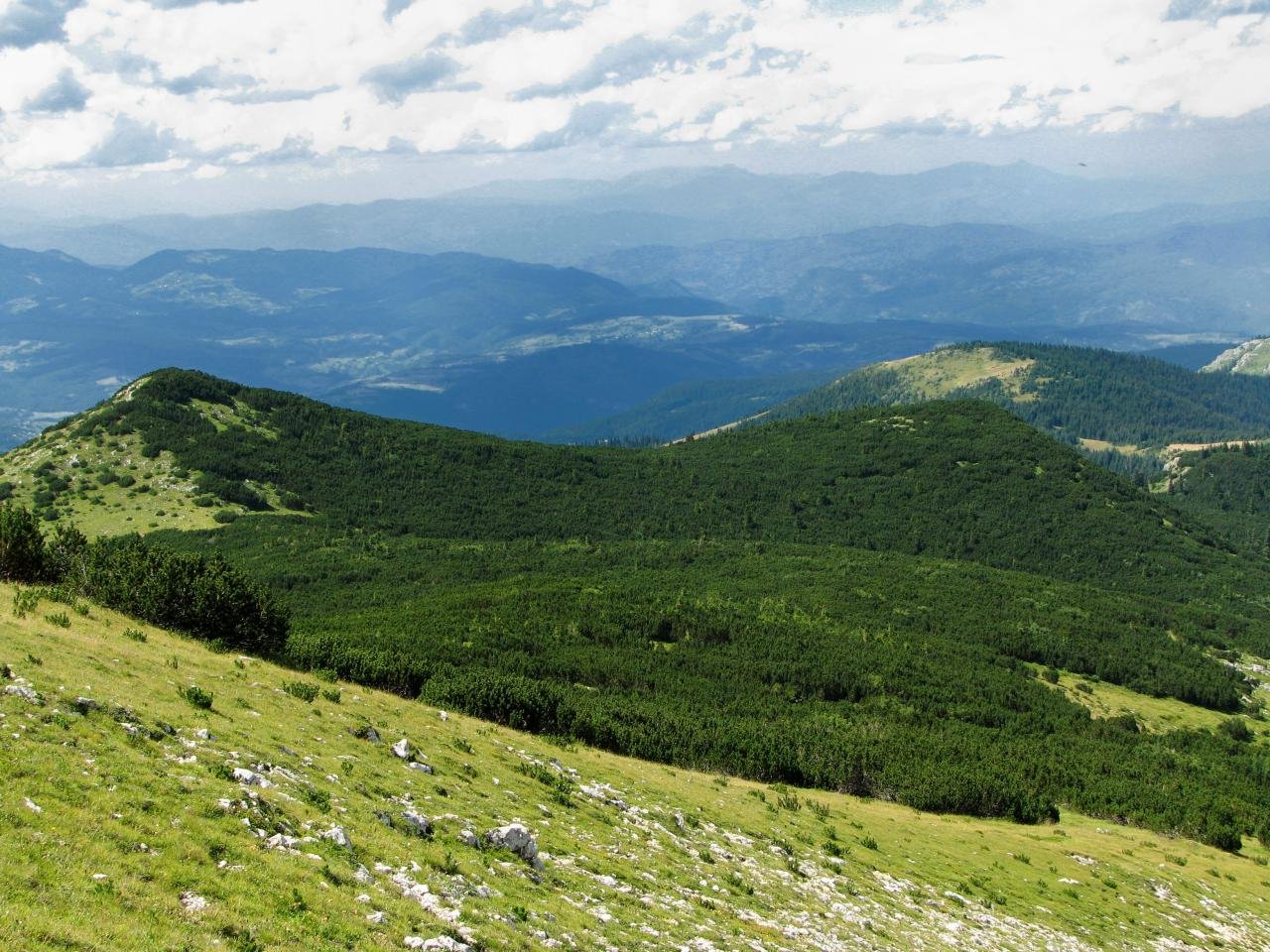
Located in the north-west part of Montenegro, close to the town of Pljevlja, another impressive mountain Ljubišnja rises. It consists of Mala Ljubišnja (1991metres) and Velika Ljubišnja, whose highest peak is Dernečište, located at 2238 meters above sea level. Due to long and merciless winters, and the fact that the snow cover can last for months, this mountain is inaccessible for most of the year.
There’s an interesting legend about the name of this mountain. The medieval ruler of Herzegovina, Stjepan Kosač was heading to Venice to bring the bride for his son. While returning, they had to spend the night under tents on this mountain. The wind blew the veil off the face of the future bride and Kosač immediately fell in love with the girl. The next morning, the son found his father and the girl together in the tent and feeling humiliated he fled away, joining the Turks. This is how the mount got its name Ljubišnja – "ljubi snahu" (literal translation - kissing the daughter-in-law).
Lovcen
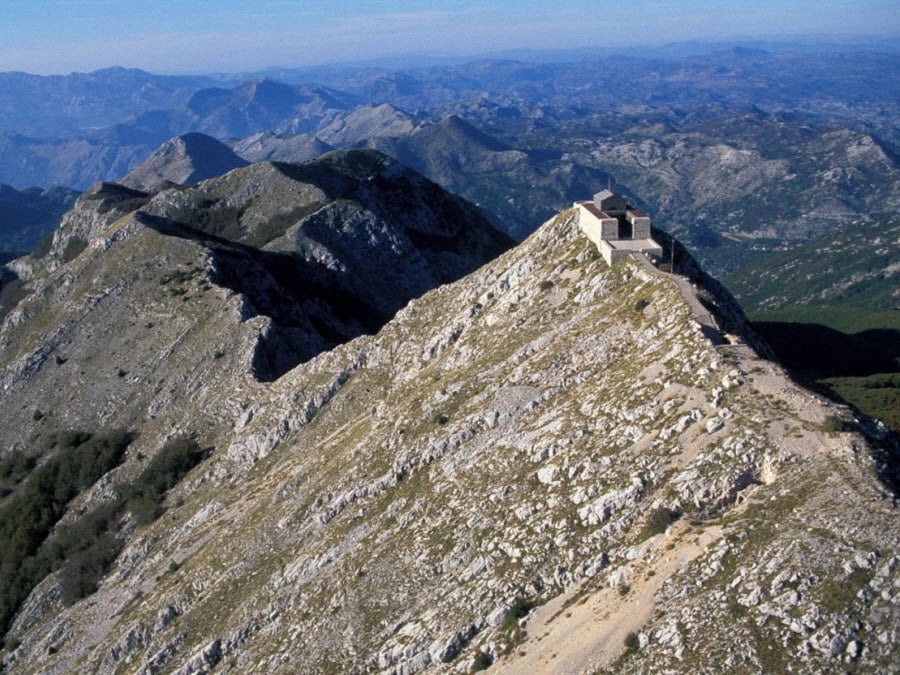
The Lovćen Mount or “The Balkan Olympus”, is the natural, historical, cultural and spiritual symbol for all Montenegrins. Also belonging to the Dinaric Alps, Lovćen arises sharply from the edge of the Adriatic Sea, giving the most beautiful view over the Boka Bay. The legend says that from Lovćen the whole Montenegro can be seen, and the view can even reach the shores of Italy.
Lovćen has two highest peaks, Štirovnik (1749metres) and Jezerski Vrh (1657metres), where the mausoleum of the famous Petar II Petrović Njegoš, one of the Montenegrin most important rulers and poets. The central and the highest part of the mountain massif forms the National Park Lovćen. This region is widely known for its home-made meat and cheese products, such as Njeguski Prsut.
Rumija
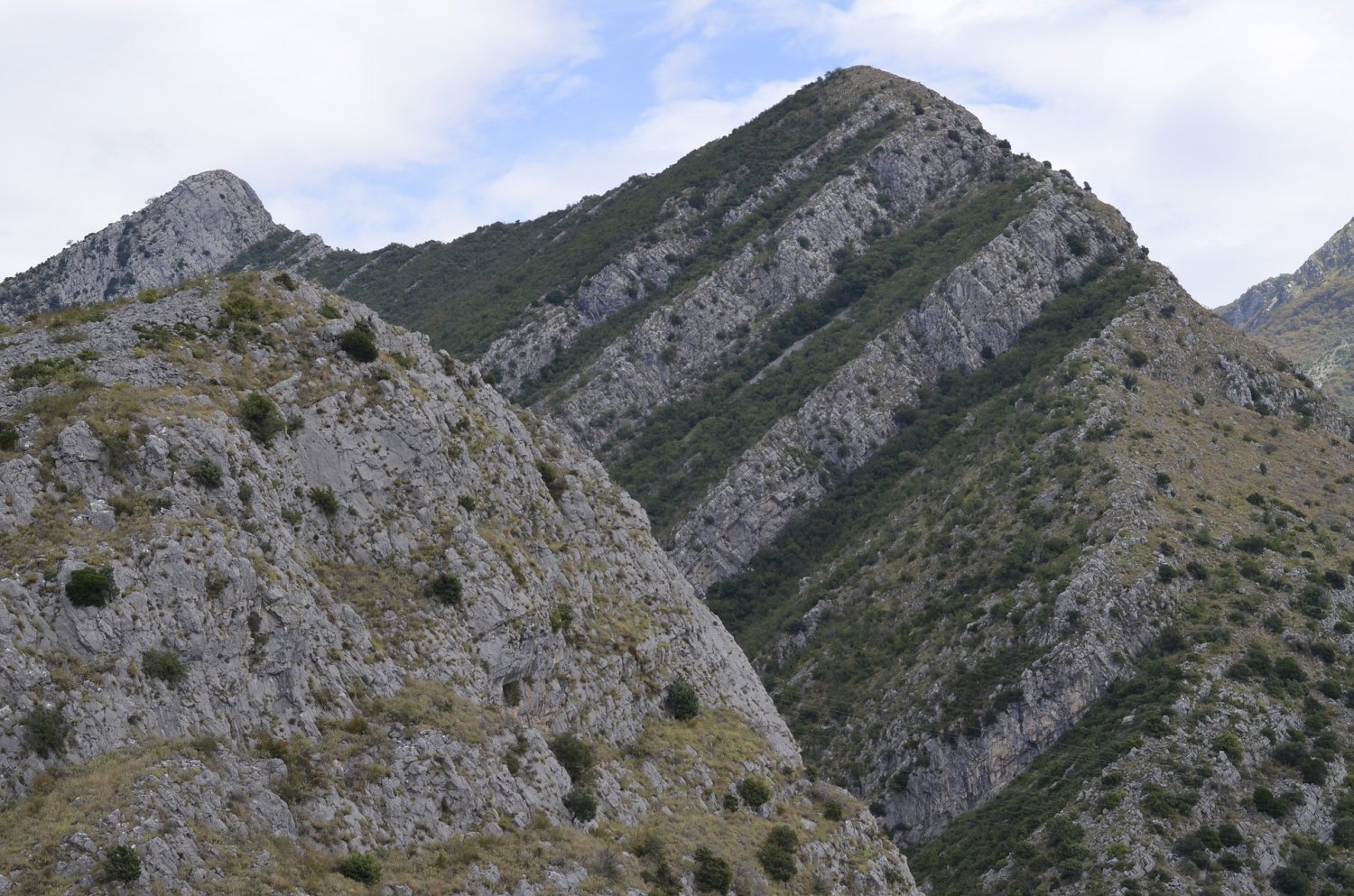
Rising above the town of Bar is Rumija, the southernmost mountain in Montenegro. It separates the Adriatic Sea from the Skadar Lake, and its highest peak is at the altitude of 1593 metres. Rumija used to be covered under dense forests, but nowadays only parts of deciduous and pine forests can be seen. This mountain has great religious significance, as the cross of Saint Jovan Vladimir, the first Montenegrin saint, is being carried to the top of the mountain in an annual tradition by all three religious communities Orthodox, Catholic and Muslim.
Orijen
***
Do you have more suggestions on Montenegrin Mountains? Write to us here.


